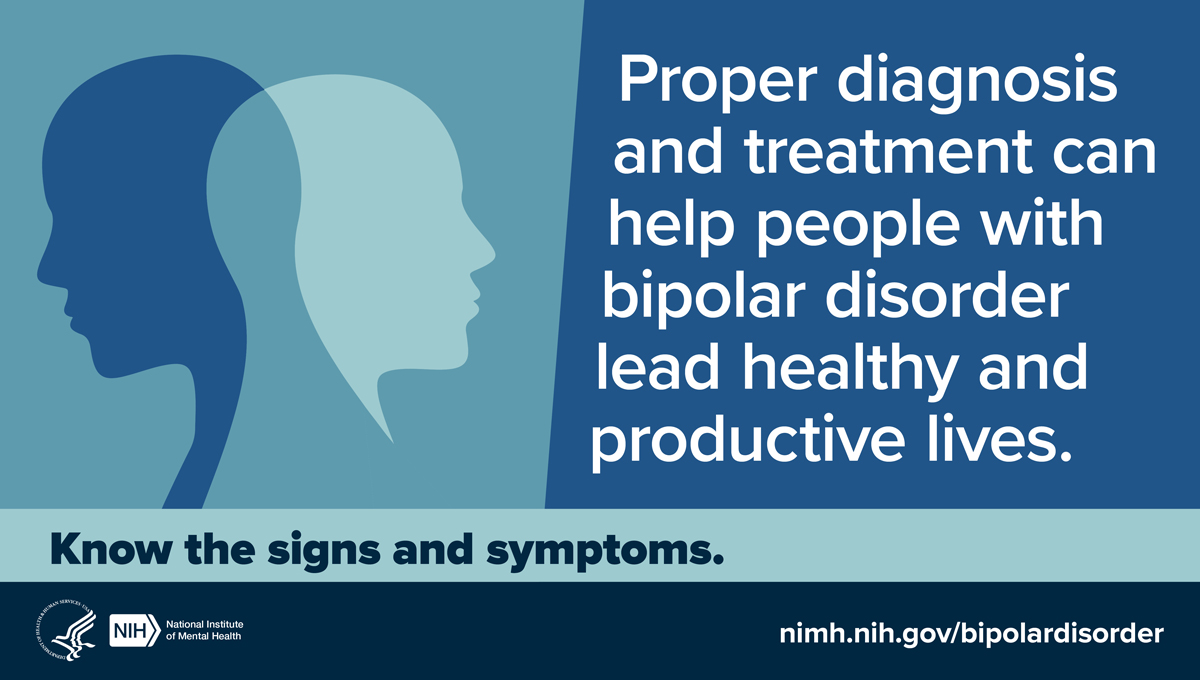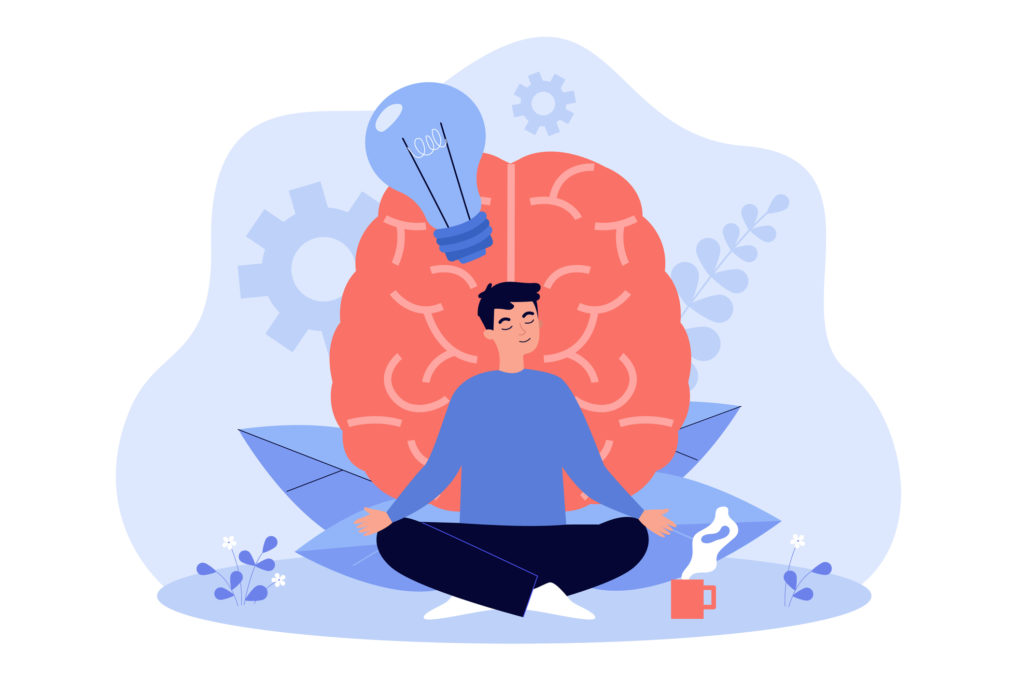Bipolar disorder
Bipolar II disorderBipolar II disorder is a bipolar spectrum disorder see also. Your feedback makes Microsoft Bing a better search engine See moreDiscover a healthier youExplore Microsoft StartAsk a health specialistTop questions answered by verified professionalsHow does bipolar disorder affect quality of lifeHarvard Health Publishing ProfessionalHow prevalent is bipolar disorderAnswered by 7 professionalsDo you have a health question on mindAsk professionals from across the world 100 professionals Medically reviewed health guides Bipolar DisorderDissociative Identity DisorderNarcissistic Personality DisorderSchizoaffective DisorderSchizophreniaBoost your mind body 30-Minute Restorative Yoga And Meditation - Video DailymotionPOPSUGAR15-Minute Back Pain Relief Workout - 9 Exercises At Home - Video DailymotionSELF MagazineMindfulness Meditation For Activities A Meditation To Do On The Go By Jason Stephenson - Video DailymotionJason StephensonDisclaimer.
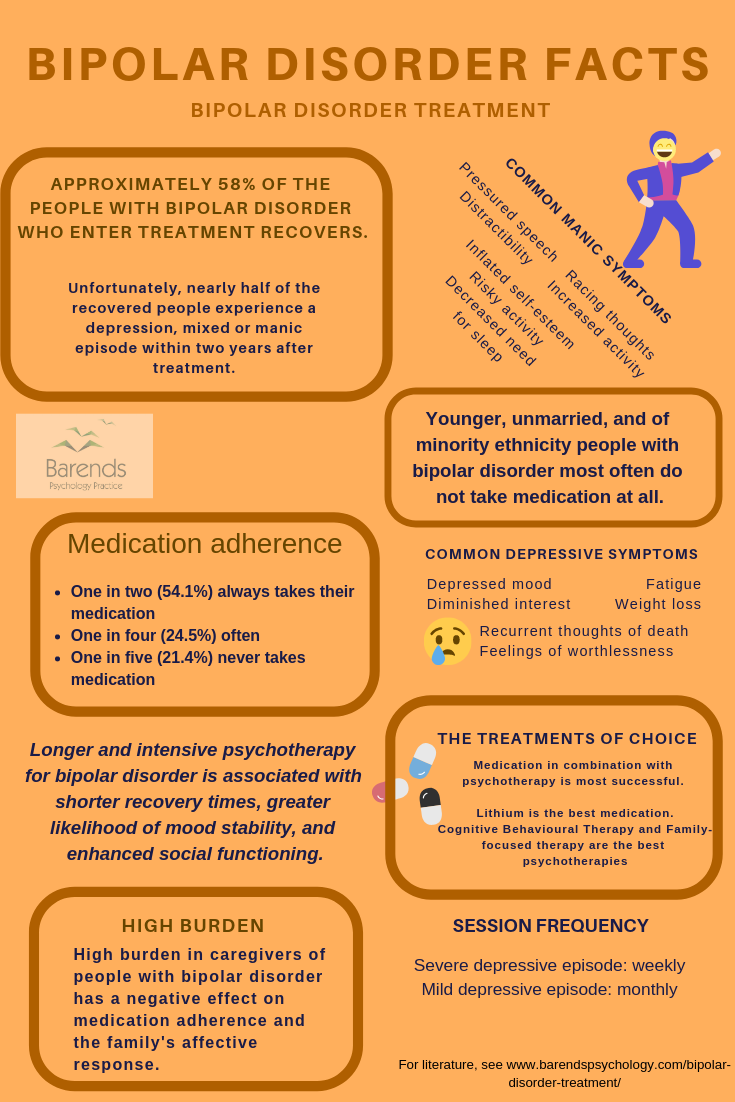
Bipolar Disorder Treatment Causes And Official Diagnosis
Bipolar disorder formerly known as manic-depressive illness or manic depression is a lifelong mood disorder and mental health condition that causes intense shifts in mood energy levels.

. Bipolar disorder is a serious mental illness that causes unusual shifts in mood ranging from extreme highs mania to lows depression. Bipolar disorder is a potentially lifelong and disabling condition characterised by episodes of mania abnormally elevated mood or irritability and related symptoms with severe functional. People who have it go through unusual mood changes.
A person affected by bipolar I disorder has had. Symptoms of bipolar disorderRelated searches for Bipolar disordersign of bipolarwhat are the symptoms of bipolar disorderbipolar disorder treatmentbipolar disorder testbipolar disorder typesbipolar disorder diagnosismania associated with bipolar disorderbipolar disorder scholarly articlePagination12345Next Yes No Not sure NextAny comments to support your responses. See more See less 2022 Microsoft Privacy and CookiesLegalAdvertiseAbout our adsHelpFeedback.
People who have it go through unusual mood changes. Bipolar disorder formerly called manic-depressive illness or manic depression is a mental disorder that causes unusual shifts in mood energy activity levels concentration and the. It causes a person to have cycles of extreme mood changes that go beyond normal ups and downs.
Bipolar disorder is a serious mental illness. While everyone experiences ups and downs the severe shifts that happen in bipolarBipolar Disorder MentalHealthgovhttpswwwmentalhealthgovwhat-to-look-formood-disordersbipolar-disorder Bipolar disorder is a serious mental illness. Bipolar I disorder pronounced bipolar one and also known as manic-depressive disorder or manic depression is a form of mental illness.
It used to be known as manic depression. Bipolar I disorder is defined by manic episodes that last at least 7 days most of the day nearly every day or when manic symptoms are so severe that hospital care is needed. It used to be known as manic depression.
Bipolar I disorder characterized by at least one. Bipolar disorder is a mental health condition that affects your moods which can swing from 1 extreme to another. Consult a medical professional for advice diagnosis and treatment and before starting any nutrition or fitness programsConditions related to Bipolar disorderSchizophreniaA mental disorder characterized by delusions hallucinations disorganized speech and behaviorBorderline Personality DisorderA mental disorder characterized by the instability in mood behavior and functioningMajor Depressive DisorderMental health disorder having episodes of psychological depressionPsychosisA mental disorder characterized by disconnection from reality which results in strange behavior often accom CyclothymiaA mild mood disorder characterized by mood swings with periods of depression and hypomaniaManiaMania also known as manic syndrome is a state of abnormally elevated arousal affect and energy level.
They go from very happy up and active to very sad and hopeless down and. Bipolar disorder is a mood disorder. Bipolar disorder is a mental illness that causes dramatic shifts in a persons mood energy and ability to think clearly.
While everyone experiences ups and downs the severe shifts that happen in bipolar. Symptoms of bipolar disorder. N What Is Bipolar DisorderN N Living With Bipolar Disorder - What is Bipolar Disorder.
Bipolar disorder once known as manic-depressive disorder or manic depression is a form of depression in which periods of deep depression alternate with periods of. It causes a person to have cycles of extreme mood changes that go beyond normal ups and downs. SAMHSAhttpswwwsamhsagovserious-mental-illnessbi-polar Bipolar disorder is a serious mental illness that causes unusual shifts in mood ranging from extreme highs mania to lows depression.
This is for informational purposes only and should not be considered as a substitute for medical expertise. A person who has bipolar disorder. They go from very happy up and active to very sad and hopeless down andOverview - Bipolar disorder - NHShttpswwwnhsukmental-healthconditionsbipolar-disorderoverviewBipolar disorder is a mental health condition that affects your moods which can swing from 1 extreme to another.
People with bipolar experience high and low moodsknown as mania. A person with this disorder will have periods of feeling. Bipolar disorder is a mental health disorder characterized by extreme highs and lows in mood and energy.

Bipolar Disorder Symptoms Causes And Types And Other Faqs Ohio State Health Discovery

Bipolar Disorder Concept Royalty Free Vector Image

Bipolar Disorder Find Help Through South Coast Community Services
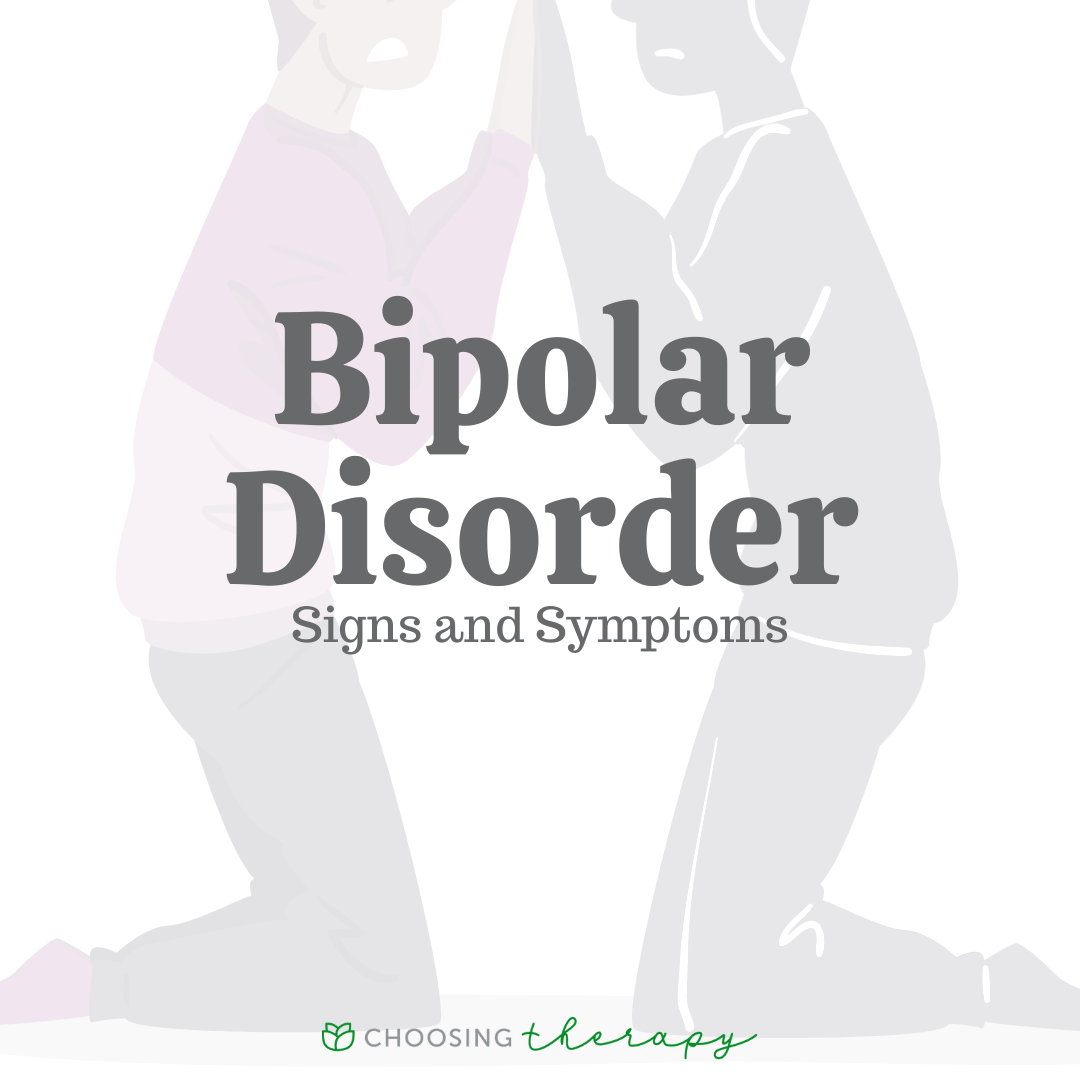
Bipolar Disorder Signs Symptoms

Bipolar Disorder Management Check In Everyday Health
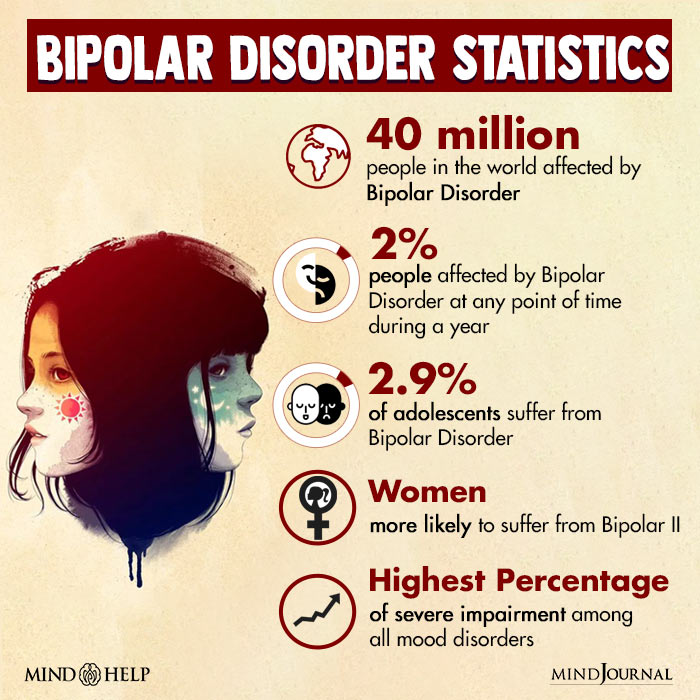
What Is Bipolar Disorder 24 Symptoms Types And Faqs

What Causes Bipolar Disorder And Who Does It Affect

Bipolar 1 Vs Bipolar 2 Know The Difference

What Is Bipolar Disorder Overview And Diagnosis Guidelines

Signs Of Bipolar Disorder In Children Sun Houston
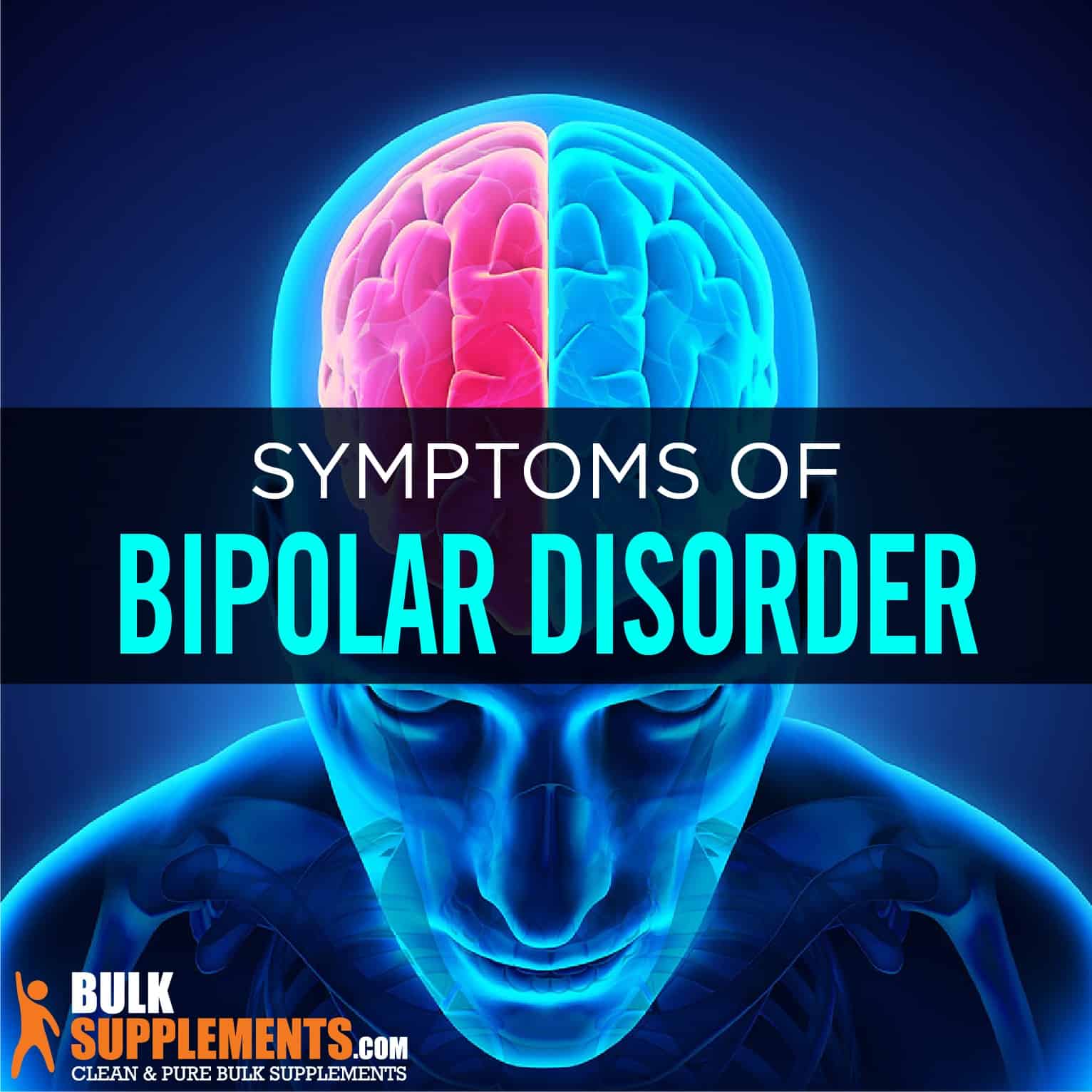
Bipolar Disorder Symptoms Causes Treatment

:max_bytes(150000):strip_icc()/bipolar-disorder-5090253-Final-57ddbbb3e46b44e7aba7d3a05f3f693b.jpg)
